Three basic needs are considered (food, clothing and shelter) These are some of the essential needs of a man (and woman too!). In the early ancient times, these needs were fulfilled through the barter system but in vain. Money came into existence when it was very important needed. It fulfilled the needs of man easily but how it transformed into a credit card is what we need to know. There are five stages of evolution – commodity money (commodities), metallic money (coins), paper money (bank notes), credit money (cheques and DDs) and plastic money (credit and debit cards).
1.Commodity Money
Money is a common thing that is used in exchange for buying goods and services. In ancient times, the barter system was most prevalent in the world. This system started creating difficulties in trade because barter trade cannot be done between two persons if one needs something that the other has but the latter person has no need for the thing that the first person is offering. For example: There are two farmers named A and B. A Named Farmer is growing wheat and B Named Farmer is growing rice. A needs rice and he is offering wheat to B but B has no need of the wheat given by A and that is why, B has not accepted the offer made by A. Therefore, exchange cannot take place between A and B. Common things like seashells, pebbles, salt came into existence as common goods used for exchange. Now A can sell his wheat to C and in return he gets seashells as money and with this he can buy rice from B and thus, his needs can be easily fulfilled through money. This gave birth to money and the ancient economy started developing.
2. Metallic commodities
As people started using commodity as money, new problems came into existence. Commodity money had three common defects – destructibility, indivisibility and diversity. They were perishable so they could not be kept for a long time and hence, people could not repay their debt or they could not save it for future needs. It could hardly be divided as commodities like cows, salt, etc. are worthless when divided. Hence, it was difficult to buy a product at half the value of the currency. Different commodities were used as currency in different markets or cities, that is why, inter-city trade was almost impossible. For example: A lives in city X and B lives in city Y. A cannot trade with B because A lives in city X. Hence, ancient civilizations invented metallic currency to solve these problems. Metallic money is durable – it can be saved for a long time and can be used for future repayment or saved for future needs. People in ancient civilizations would make coins in different metals to signify different values - gold coins were used for the highest valued items and therefore, a gold coin could be divided into smaller values by exchanging two silver or three bronze coins, which have a value less than the gold coin. Coins were acceptable to more than one city, so A could trade with B because cities X and Y accepted the same metal currency system.
3. Paper Money
As people started using metal money, it was hardly portable. As trade and commerce grew, people started getting rich but it was almost impossible to hold coins in large amounts as they were very heavy and bulky. So, during the early medieval period in the Far East people started developing paper money as paper is a lighter material than coins and hence it could be easily carried from one place to another and the speed of trade increased. Now people could hold (to a certain extent) large amounts of money.
4. Credit Money
As money became the main need of the household and greed took over relationships in its importance, life was not safe and money had no protection from theft. To solve this a banking system was developed. Through this system, people could save their earnings in the given account and if they were poor could ask for loans for needs. Since moneylenders generally exploited poor people, the bank took the responsibility of providing loans without risking their lives. It is a systematic institution from where people can buy goods or services by easily transferring money from their account to the seller’s account using an instrument called a cheque. Any amount of money, more or less, can be transferred through a cheque by writing that amount on it. Also, many governments have their own banks for saving and safeguarding public money and this gives control over the flow of money in the country’s economy. And thus, banking became the backbone of the domestic and national economy.
5. Plastic Money
When the digitization of information and data process started, banks took advantage and digitized their accounts. Also, the age of computers and the Internet has created a favorable environment for creating plastic money. There are two types of plastic money – credit cards and debit cards. The development of ATMs began and through this machine, plastic money could be converted into cash. Plastic money is swiped for transactions and nothing else can be done except the transaction. It has become a symbol of modernity. Modern shops ask for credit cards except those who do not have it. Only bank balance can be transferred, not plastic cards. It is portable, durable and divisible.
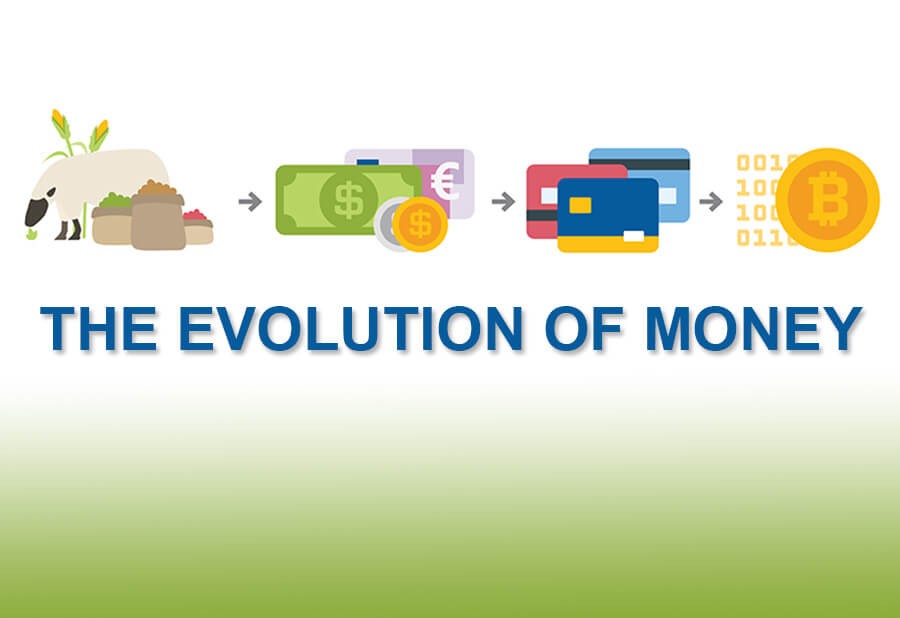

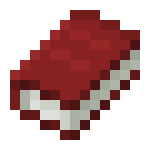
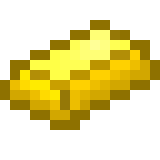
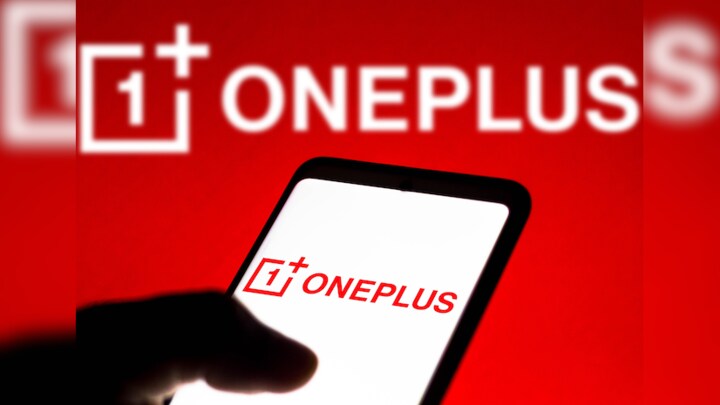
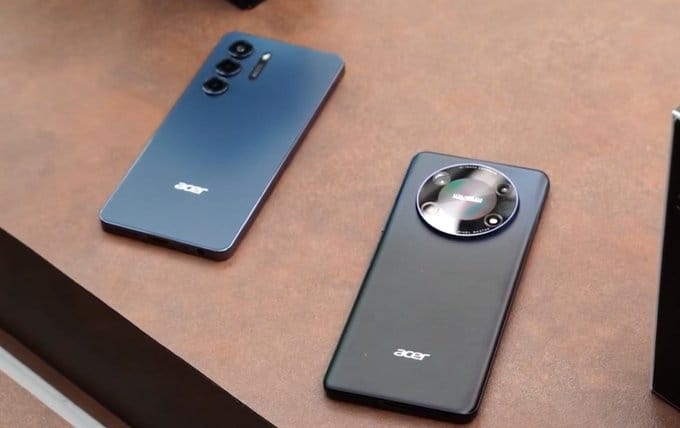


Leave a Reply